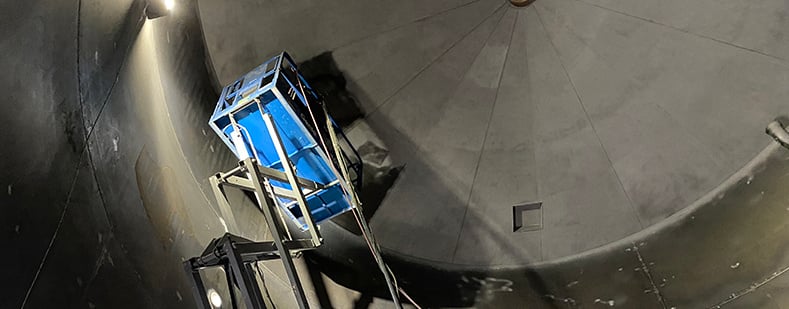Surface preparation plays a crucial role in ensuring the longevity and reliability of both old and new industrial assets. This was especially true for a newly constructed water tank in Carrollton, Missouri (USA). Designed for use in the water and wastewater industry, the tank's steel interior was covered in mill scale, which had to be removed prior to coating.
Read more >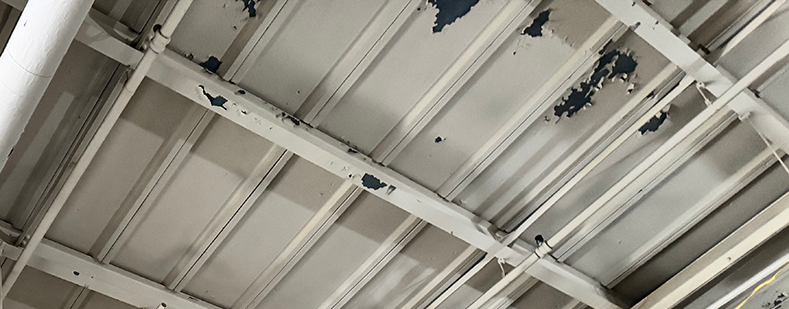
Steel roof decking is commonly found in manufacturing environments, such as power plants, food and pet food manufacturing facilities, marine production factories, and water treatment plants. Over time, whether as a result of manufacturing processes, bad surface prep, or normal wear and tear, coatings fail and corrosion can occur on these roof decks.
Read more >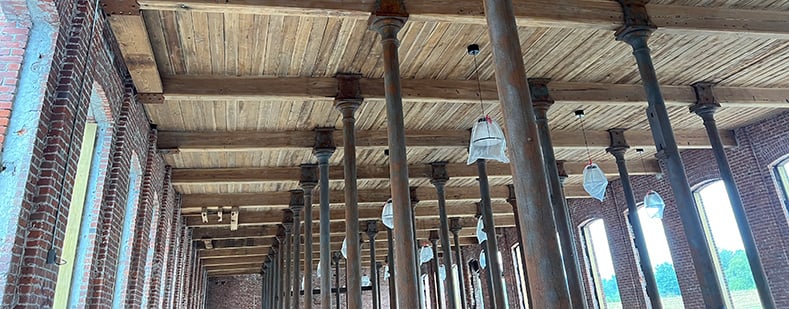
In the world of surface preparation products, where there are many abrasives to choose from, Sponge Media continues to stand out as an innovative solution versus other abrasives. Versatility is a core benefit of the Sponge-Jet system. With over 20 different kinds of Sponge Media™ and the ability to regulate media feed and blast pressure on Feed Units, most results required contractors, architects, and preservationists are achievable across many different substrates.
Read more >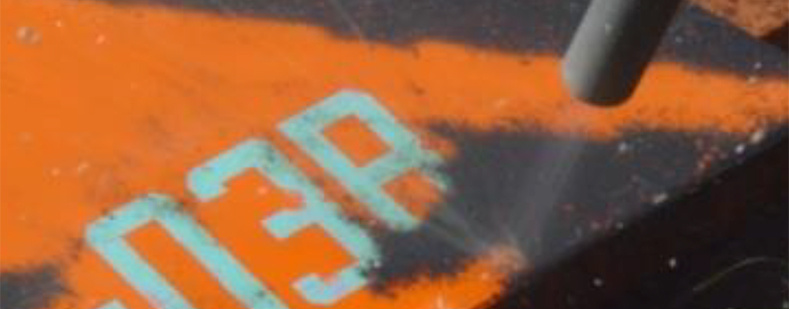
Oil spills present a unique challenge in the surface preparation world. In these scenarios, the oil needs to be properly removed prior to painting or coating surfaces, as any residue left on the surface can cause significant problems down the line. When oil is spilled on equipment where the coatings are still in good shape, it is important to remove all the oil without damaging the current coatings.
Read more >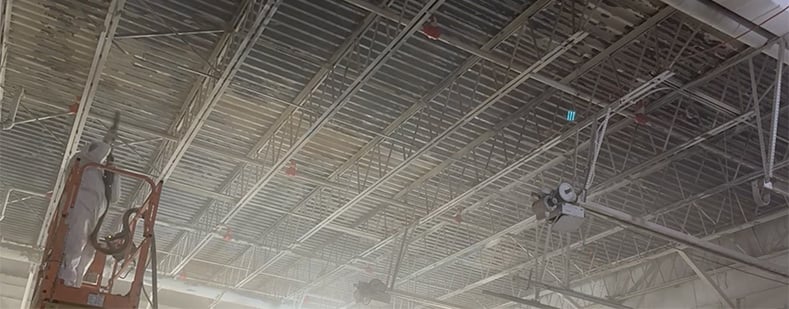
Over the course of the last few years, many Dry Ice Blasting (DIB) contractors have been increasingly adding Sponge-Jet systems to their range of equipment and services. While both surface preparation methods are used on a wide variety of substrates for cleaning and the removal of surface contaminants, each solution brings unique advantages to different projects. By combining these methods, contractors have the ability to expand their surface preparation capabilities and choose the best blasting methods for their application.
Read more >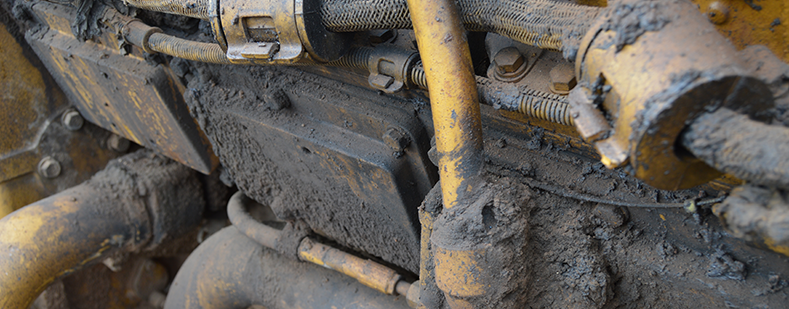
Early coatings failures can often be attributed to inadequate surface preparation. One of the most common steps skipped prior to applying a new coating is failing to effectively remove grease and oils from the substrate prior to painting.
Read more >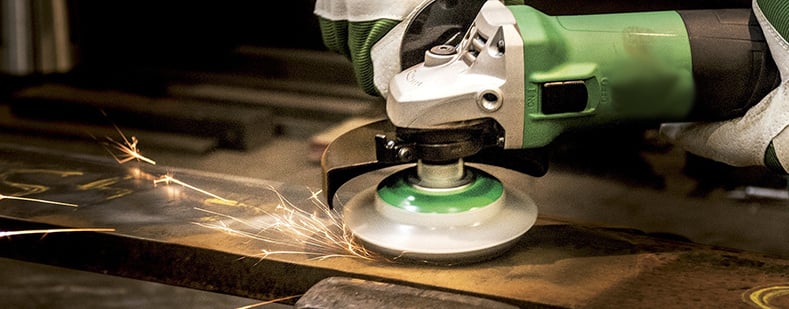
Power tooling is a method of surface preparation commonly used in tight spaces where access is limited. Pneumatic, electric, and hand tools such as angle grinders, needle guns, wire wheels, wire brushes, scrapers, and sanding pads can be used to remove rust, paint, and other contaminants from a surface.
Read more >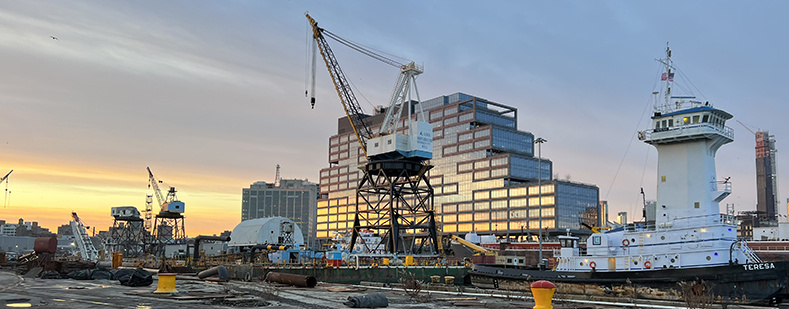
Both Freshwater and Saltwater vessels see all sorts of contaminants and corrosion throughout their service life. Corrosion can threaten everything on ships, from power gen and water storage tanks, to their general structural integrity. In order to overcome these threats, proper surface preparation is key.
Read more >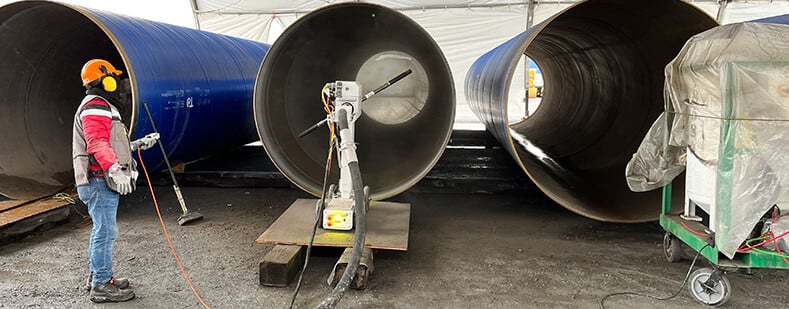
Pipelines are crucial for transporting clean water from treatment plants to cities, businesses, and homes. By maintaining a closed piping system from the source to the faucet, water utilities reduce the risk of water contamination. During the manufacturing of these pipes, proper surface prep must be completed to ensure that they maintain their integrity after coating and installation.
Read more >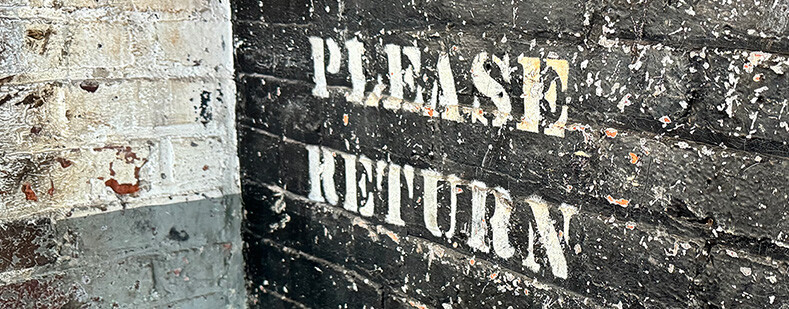
In the United States, Mill buildings have been community cornerstones since the 1800s. During the North American Industrial Revolution, thousands of mill buildings were constructed to allow for faster production of textiles and other goods. These high-producing areas, known informally as Mill Towns, suffered greatly in the late 20th century, leaving many of these former factories abandoned.
Read more >
